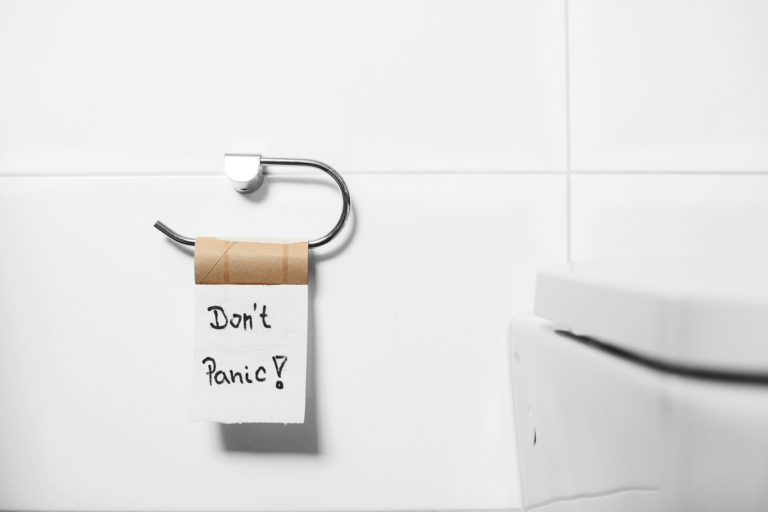Effects of Pregnancy and Labor on the Pelvic Floor
During pregnancy, the pelvic floor undergoes significant changes to accommodate the growing baby. The weight of the baby and hormonal changes can cause increased pressure on the pelvic floor muscles, leading to muscle tightness and tension.
Additionally, the process of childbirth, whether through vaginal delivery or cesarean section, can result in tears, episiotomies, and the formation of scar tissue. Scar tissue, if not properly addressed, can cause discomfort, restrict mobility, and even contribute to ongoing pelvic floor dysfunction.

Weakened pelvic floor muscles can lead to issues such as urinary incontinence, pelvic organ prolapse, and decreased sexual satisfaction. It is crucial to prioritize postpartum recovery and take steps to address these concerns.
One effective tool for postpartum recovery is the use of pelvic wands or dilators. These devices can be utilized in various ways to aid in the healing process, improve pelvic floor function, reduce tension, and address issues such as scar tissue.
See Also

Postpartum Power
3 Postpartum Uses for Pelvic Wands and Dilators
Pelvic wands/dilators can be invaluable tools in postpartum recovery, providing a range of benefits for the pelvic floor muscles and tissues. Let’s delve into the ways in which these devices can assist in addressing the effects of pregnancy and labor:
Stretching the Pelvic Floor
Pelvic wands/dilators can be used to gently stretch the pelvic floor muscles, which may have become tight or tense during pregnancy and childbirth. By applying controlled pressure to specific areas, these devices help to release tension, increase blood flow, and promote relaxation. Stretching exercises using pelvic wands/dilators can assist in restoring flexibility and elasticity to the pelvic floor muscles.
See Also

Postpartum Power
Addressing Scar Tissue
During childbirth, tears or episiotomies may occur, resulting in scar tissue formation. Pelvic wands/dilators can be beneficial in breaking down scar tissue and preventing it from becoming rigid or overly sensitive. By gently massaging the scar tissue with the wand, circulation is improved, and the tissue is encouraged to heal in a more pliable manner. This can help reduce discomfort, improve mobility, and enhance overall healing.
Promoting Blood Flow and Circulation
Using a pelvic wand/dilator can enhance blood flow and circulation to the pelvic area. This increased circulation facilitates the delivery of oxygen and nutrients to the healing tissues, promoting faster recovery and tissue regeneration. Improved blood flow can also reduce swelling and inflammation, providing relief from postpartum discomfort.
How to Use a Wand or Dilator for Postpartum Recovery
Preparation
Begin by thoroughly washing your hands and the pelvic wand/dilator with warm water and mild soap. Ensure that the wand is clean and dry before use.
Find a comfortable and private space where you can focus on the exercise without interruptions.
Body Positioning
Get into a relaxed and comfortable position, such as lying on your back with your knees bent, feet flat on the floor, or in a semi-reclined position.
Take a few deep breaths to center yourself and relax your body.
Insertion
Consider using a water-based lubricant to facilitate insertion and minimize discomfort. Gently apply lubricant to the tip of the wand.
With one hand, hold the wand at the base, and with the other hand, gently separate the labia to expose the vaginal opening.
Slowly and gently insert the tip of the wand into the vagina. Start with the smallest end or size, gradually progressing to larger sizes as your comfort level increases.
Relax your pelvic floor muscles as you insert the wand. If you encounter any resistance or discomfort, pause and take slow, deep breaths until you feel ready to continue.
Exploring the Pelvic Floor
Once the wand is inserted, you can gently move it in different directions to explore the pelvic floor muscles. You can try rotating the wand or moving it from side to side.
Pay attention to any areas of tension or discomfort. If you encounter specific trigger points or tight spots, you can apply gentle pressure to release the tension.
Remember to maintain relaxation in your pelvic floor throughout the process.
Adding Pelvic Floor Contractions
To engage the pelvic floor, squeeze and lift the pelvic floor muscles around the wand. Imagine pulling the wand upward with your muscles.
Hold the contraction for a few seconds, then release and relax the muscles.
Repeat this contraction and relaxation sequence several times, focusing on the sensation and control of your pelvic floor muscles.
Gradual Progression
As you become more comfortable with using the pelvic wand, you can gradually increase the duration of the exercise and explore different sizes or shapes of wands or dilators.
Listen to your body and only progress at a pace that feels comfortable for you.
Frequency and Duration
Initially, start with shorter sessions, around 5-10 minutes, and gradually increase the time as you become more accustomed to using the pelvic wand/dilator.
Aim for consistency and incorporate pelvic wand exercises into your daily routine, ideally performing them at least once a day.
However, it’s essential to consult with your healthcare provider for personalized guidance on the frequency and duration of pelvic wand use, as individual circumstances may vary.
Partner Support:
Engaging your partner in your postpartum recovery journey can provide emotional support and foster a sense of connection.
Consider involving your partner in the process, such as having them present during the exercises, providing assistance or encouragement, or engaging in communication about your progress and needs.
Conclusion
Using a pelvic wand for postpartum recovery requires patience, gentle exploration, and consistent practice. By following the step-by-step guidelines provided, incorporating pelvic floor exercises, and gradually progressing, you can support your healing process. Remember to consult with your healthcare provider for personalized advice and guidance
If you don’t already have a wand/dilator, Intimate Rose is one of my favorite brands! Click HERE for Dilators and other products, with an exclusive discount!
And if you’re ready for some more hands-on, direct guidance in your postpartum recovery, check out my online course, Postpartum Power!










 thank you!
thank you!

 Gift Your Fav Mom or Mom-To-Be
Gift Your Fav Mom or Mom-To-Be